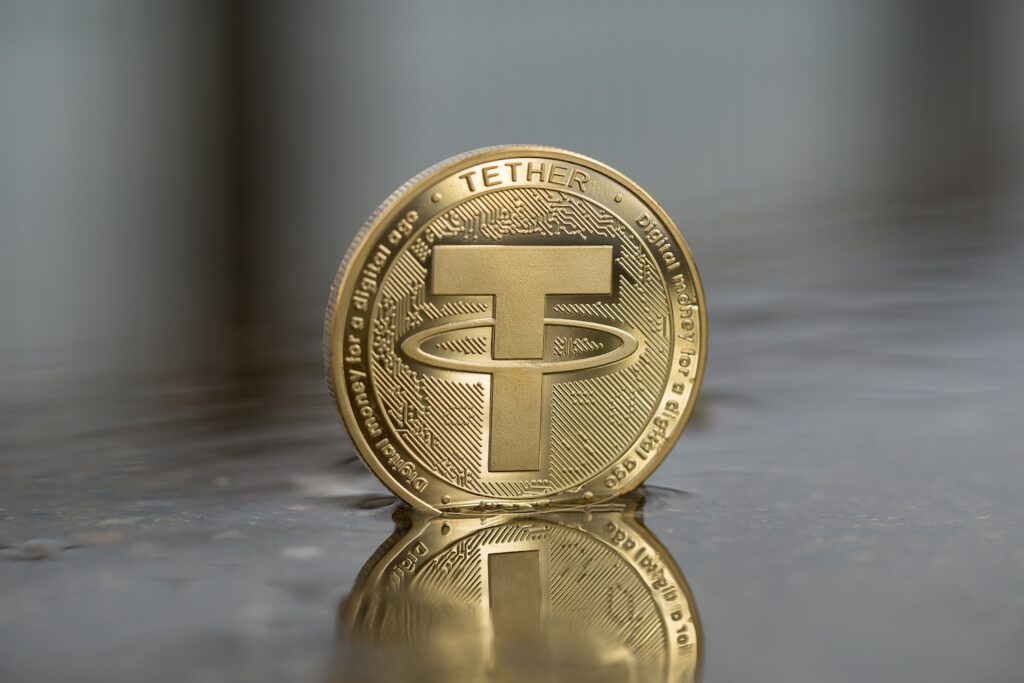Grand Cayman, Cayman Islands, April 22nd, 2024, Chainwire
Alibaba Cloud, AngelHack and dWallet are among the latest supporters for the global event.
Sui, the Layer 1 blockchain that offers industry-leading performance and infinite horizontal scaling, has seen funding for Sui Overflow, the first-ever global virtual hackathon focused on creating exciting products on Sui, double in recent weeks with enthusiastic supporters contributing funds.
Initially set at $500k, after a groundswell of support from external backers, Sui Overflow’s funding pool has ballooned to $1,000,000. The sizable rewards pool is drawing builders from around the world to build projects on the Sui network and demo them to a panel of judges. Among the categories eligible for prizes are Consumer & Mobile, Infrastructure & Tooling, Gaming, and DeFi. Developers will also be encouraged to leverage specific technologies from the Sui ecosystem such as zkLogin, Advanced Move Features, Randomness, and Multi-chain capabilities.
Sam Blackshear, Co-founder/CTO of Mysten Labs and creator of the Move smart contract language, said, “Sui Overflow offers both new and experienced developers a chance to show off their Move skills and experiment with powerful Sui primitives like zkLogin, sponsored transactions, kiosk, DeepBook, and native randomness. Some of Sui’s top projects were born in previous local hackathons, so I am genuinely excited to see what the first global hackathon will produce.”
Past Sui-sponsored hackathons have been fertile ground for projects that began as hackathon entries but subsequently grew into sustained businesses on the network. Scallop began at Sui’s Seoul Builder House in June 2023 with a small team of developers that garnered first prize at the event. Today, Scallop has $117M in TVL and is one of the preeminent DeFi protocols on Sui. Navi Protocol is another of Sui’s “Hackathon Heroes.” A month after Scallop, the Navi team emerged, winning gold in the DeFi and Payments category at the Sui X KuCoin hackathon. Navi now has over $130M in TVL and is another leading DeFi protocol on Sui.
In addition to support from title sponsor dWallet Labs, the hackathon will be sponsored by Elixir Capital, Alibaba Cloud, Comma3 Ventures, MoveBit, Scallop, GSR, Supra, Wormhole, AngelHack, Pyth, Ryze Labs and ZettaBlock. The awards presented in Sui’s hackathon for every category are as follows: $30,000 for first place, $15,000 for second, and $7,500 prizes each for two additional runner-ups. 10 $2,500 University Awards and 10 $2,500 Community Favorite Awards will also be awarded during the hackathon. Moreover, contestants are not limited to a single category. Individual teams can participate simultaneously in multiple tracks, stacking awards in excess of $100,000. Additionally a number of projects in the Sui ecosystem are offering their own separate bounties, adding even more ways for great projects and great teams to benefit.
With the doubling of funding to $1 million, Sui Overflow participants will now be eligible to receive accelerated Sui Foundation Grant Funding along with other benefits including audits and credits to support the successful launch of their projects after the hackathon is completed.
“The homegrown projects that spring from developer meetups and hackathons like Sui Overflow are an essential part of the lifeblood that will sustain the Sui ecosystem into the future,” said Greg Siourounis, Managing Director of the Sui Foundation. “The impact of Overflow has been strengthened substantially by the overwhelming support from the Sui community, which has enabled us to expand the potential rewards beyond our planned tracks to benefit the most promising projects with prudent funding, audit credits and selected accelerated grants.”
“Sui Overflow is more than an event; it’s the starting point for our brightest future blockchain innovators,” said Omer Sadika, Co-Founder of dWallet Network. “We are excited and honored to work together with all of the partners involved and look forward to the results that will come out of this hackathon.”
Users can apply, developers can register on the Sui Overflow portal and find all the further information. For regular updates, everyone is encouraged to join the Overflow Discord Server.
Registration Period: April 21 – May 31
Virtual Demo Day: June 15;
Announcement of winners: Late June 2024
Contact
Sui Foundation
media@sui.io








